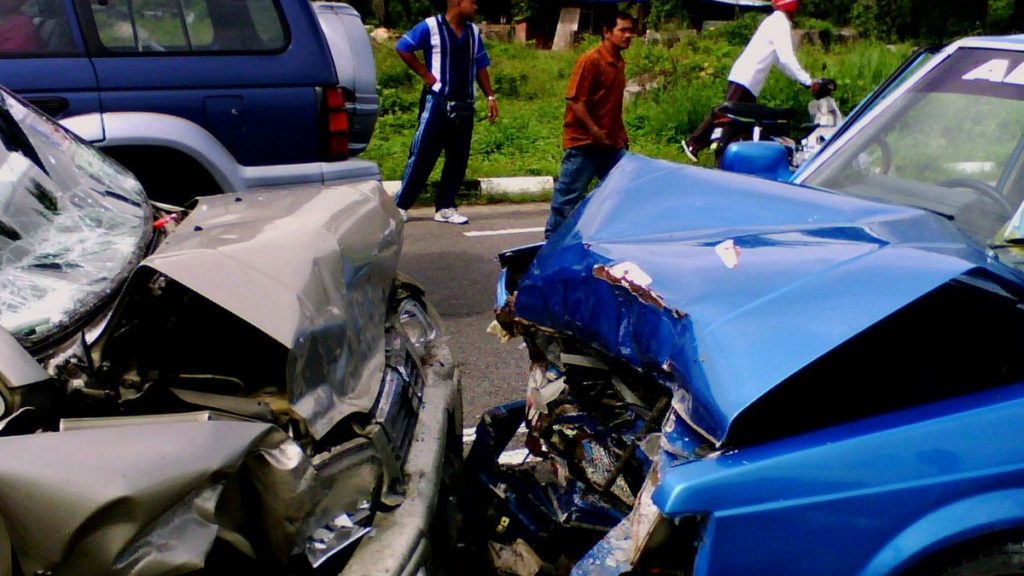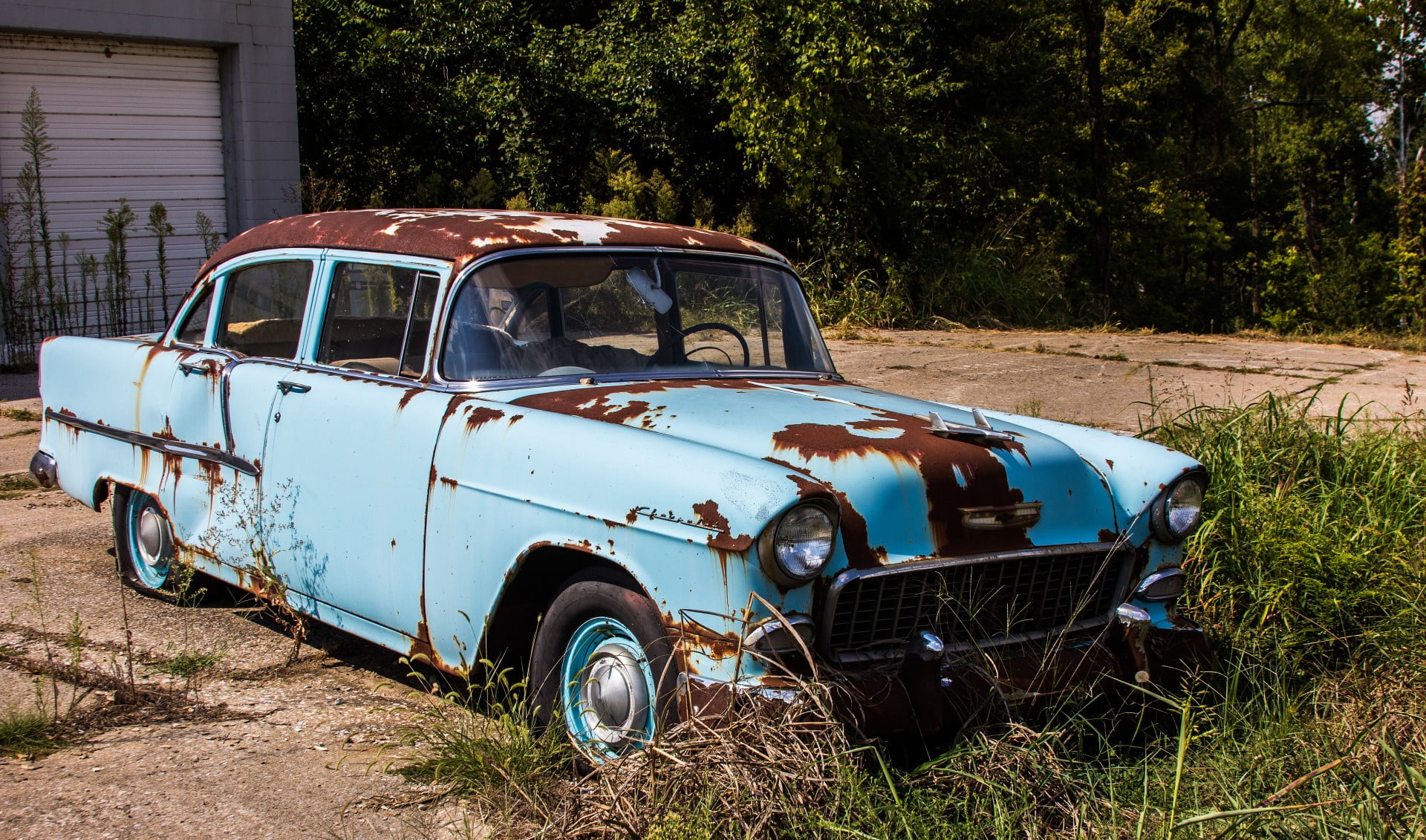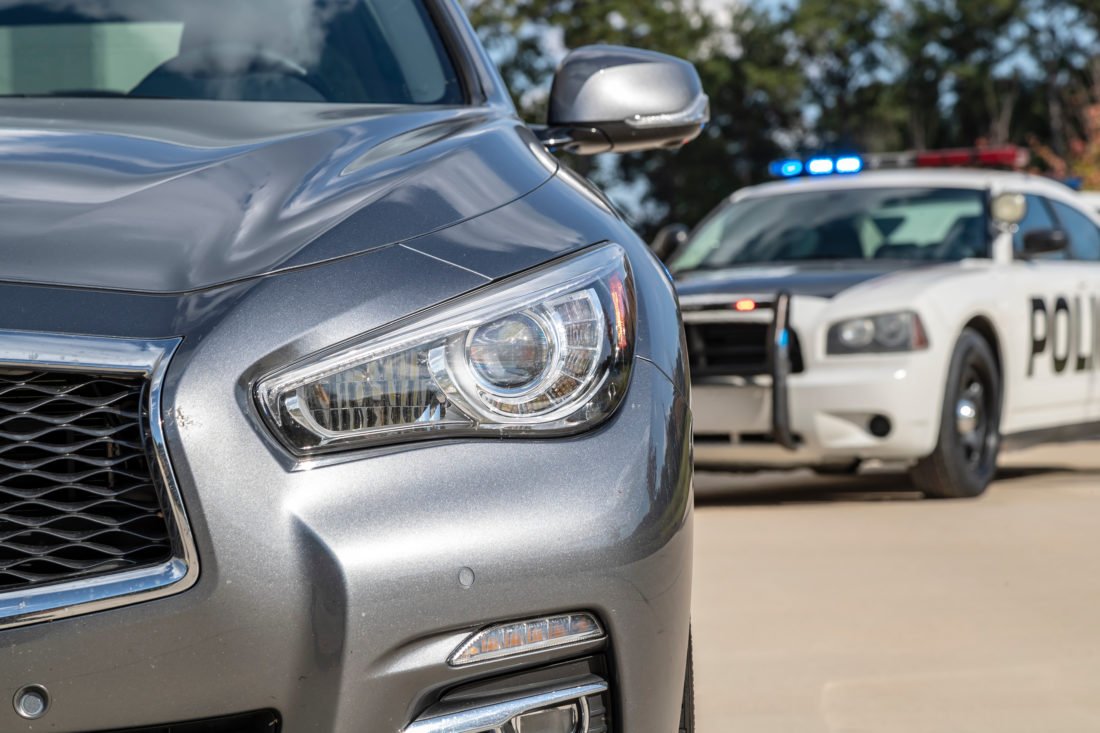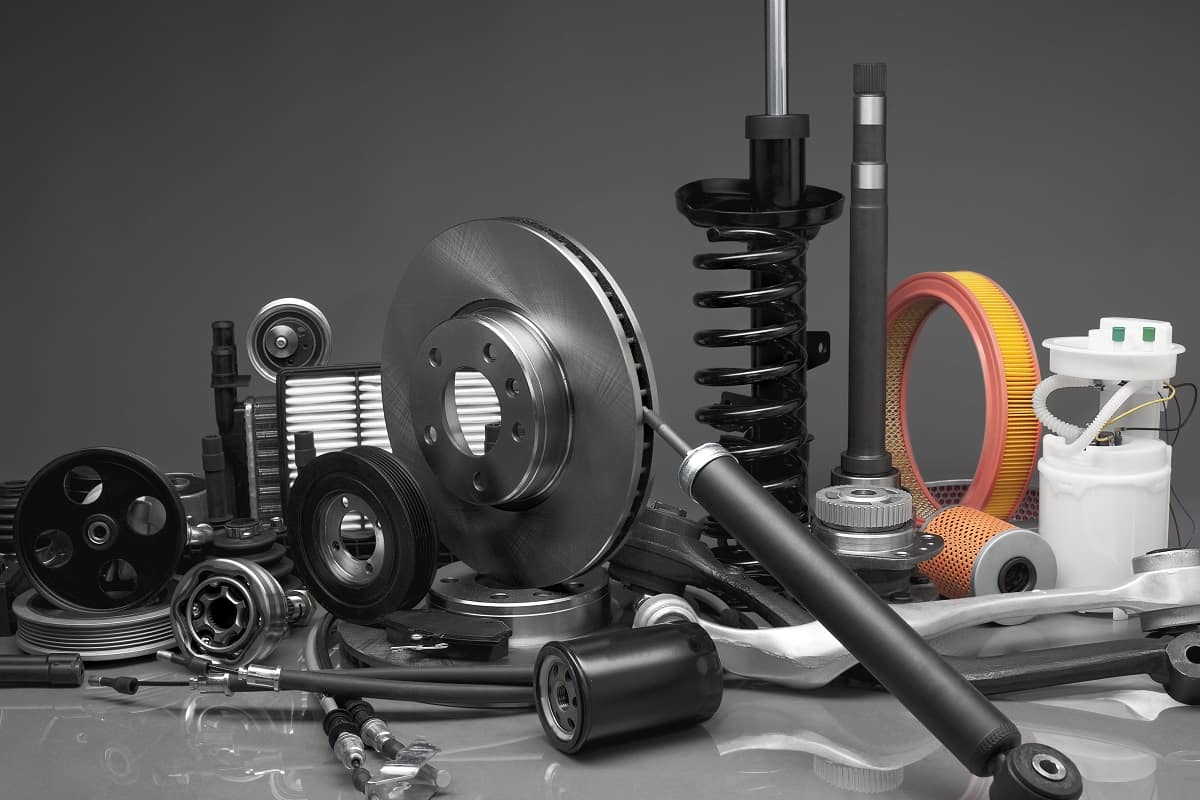
Many people believe they can look at the Vehicle 1 vs Vehicle 2 at Fault record on an accident report and determine how any litigation will play out. It’s true that the accident report plays an important role in determining who pays.
However, it’s not necessarily the last word. Knowing how to read the report in its entirety will protect you in the event there are disputes.
This article focuses on that. But first, it’s important to clarify a common misconception among those who look to the accident report as the definitive determination.
Police Usually Leave Fault to the Insurance Companies
There is a popular misconception in the legal community that states police officers determine fault in an accident. That’s actually not the case, but they can still influence the outcome.
When figuring out how to determine accident fault, you will want to pay attention to whether the reporting officer has issued any citations. It’s important to cross-reference to see what the citation was written for. Therefore, request both the traffic report and the citation report.
Insurance companies turn to whether there were citations issued in arguing who is at fault. If both parties were issued citations, that can change the dynamic.
Now that you know the police department is not in the business of determining fault where insurers are concerned, it’s time to cut to the heart of the accident report itself. While departments across the nation are not uniform in how they structure reports, there are some commonalities that will help you make sense of them no matter the jurisdiction. Follow these steps!
Start at the Beginning
As you start your search to prove fault or partial fault, you’ll first want to familiarize yourself with each component of the report. The best place to reach familiarity is the beginning.
Along the way, you’ll encounter many lines and codes filled with information that’s both obvious and cryptic. Start with what you know.
The report should make it clear who the reporting officer is, as well as which parties were involved in the accident. Presumably, this will include you, the other car, and any passengers of one or both cars.
As you flip from the first page to the last, you’ll also see supporting information. These are things like:
- Make and model of the vehicle
- Vehicle owner (which might not be the same as the driver)
- Vehicle Identification Numbers (VIN)
- Additional information (i.e., supplements, photographs, whether additional video materials are available)
- Narrative
- Diagrams
- Names of witnesses
All of this information is important to determine to whom the actual fault of the accident goes. Therefore, don’t just take the officer’s opinion as gospel.
Ensure All Information Is Correct
Accuracy is highly important, and yes, officers do make mistakes—frequently! Look at the information that you know to be true and ensure the officer got those details right in the write-up.
Don’t stop there though. Check with the information that’s been provided to your insurance company. Also, request additional information and not just the report.
As we’ve noted, the accident goes well beyond the report itself. There might also be photographs or procedural details that were done incorrectly that can work to your advantage if the accident has been determined to be your fault or no-fault.
It’s advantageous in both instances to find out because your insurance is going up in either of those two scenarios. So get your hands on the photos and videos associated with the incident to make sure everything aligns and that no liberties were taken with what really happened.
Identify How the Reporting Officer Has Distinguished You
It’s especially important in at-fault car accidents to determine who Vehicle 1 and Vehicle 2 drivers are. This information will vary in terms of what page to find it on depending on involved parties, number of vehicles, and other accident-specific information.
However, it should be easy to find. Just locate subject lines, such as Driver 1 or Driver of Vehicle 1. Once you’ve determined the appropriate label for your automobile, it will make a lot more sense once you get to the narrative page.
Move to the Narrative Page
You now know how the report is laid out. You know who the involved parties are, as well as their associated vehicles. Last but not least, you know the location and witnesses.
It’s time to see if the officer accurately depicted the accident on the narrative page. This is where you’ll really find answers to questions like “whose fault is my car accident?” It’s also where the “Vehicle 1, Vehicle 2” stuff begins.
Narrative pages are usually only a page or two in length. They are written by the officer, who tries to ensure they’re sticking to just the facts. However, one misprint or misattribution can cause a lot of problems once the report ends up with the insurance company.
Accuracy is everything! Double- and triple-check the names and circumstances, and be prepared to seek corrections if necessary.
Check the Diagram to Make Sure the Narrative Is Consistent
Diagrams that accompany reports are usually simple in nature. Some are done by hand and scanned in while others are done by computer. For particularly serious accidents, you might also look for FARO scans, as many police are doing them these days.
FARO scans take high-definitiion photographic scans of the geographical area in which the accident occurred. These snapshots are stitched together via a computer program that allows police to build an accurate simulation according to the materials they’ve collected from the scene.
The bottom line is this: you want as much information about the accident as possible, both visual and written. It will help you solidify your case as you push back on the other litigant.
Make Note of Any Inconsistencies That You Find
Inconsistencies will help you call into question the findings of the accident report if they are not in your favor. At the very least, they can cast enough doubt on the investigative work to move things from fault to partial fault.
With a partial fault accident, you can still build a case that will benefit you financially while also getting any medical help or support that you need. Discover more by talking to an attorney with experience in pursuing these types of cases.
Contact the Police Department to Request an Alteration if Necessary
Police are not perfect, and you should never assume that they are. This is especially true as far as your investigation is concerned. Just as a defensive driver tries to anticipate issues with other motorists to avoid accidents, you should anticipate missteps by officers who are having a bad day or too inexperienced to pick up on subtleties.
Of course, you might be a bit inexperienced yourself. That’s okay. Seek legal expertise to guide you through getting a correction to a report because it can pay a big dividend later on.
One note on this: some people complain that they can’t get the reporting officer to listen to them long enough to affect any needed changes to the report. That’s common. People don’t like admitting their mistakes.
That’s what their chain of command is for. See if you can speak to the sergeant or lieutenant over accident reconstruction if you’re not getting anywhere with the officer.
Inquire About Body Camera Footage as Well as That of Third Parties
We’ve already touched on video evidence, but it deserves its own section. Video evidence, particularly third-party video evidence, can completely exonerate you from fault in an accident. Unfortunately, it can be hard to get your hands on if you don’t know what you’re looking for.
Most police departments have body-worn cameras (or BWCs, as they’re usually referred to). The problem with BWCs is that they’re generally only good for capturing contradictions in witness statements and not for catching the accident itself. That makes sense since police are showing up 5-15 minutes after the accident has occurred.
By all means, get the BWCs, but make a hard play for third-party evidence. Third-party videos are usually from businesses that have surveillance cameras within view of the intersection or location where your accident occurred.
Ask for this info from the businesses themselves. If they won’t provide them, file a freedom of information request with the police department that worked the accident.
Consider Hiring an Attorney
Minor accidents are handled by insurance companies with great regularity. However, that’s not always in your best interests. This is particularly true if you have suffered ongoing medical injuries as a result of the accident.
At the very least, seek a free consultation with an attorney experienced in bucking up against the insurance companies. Assume nothing. Just because your insurance company is going against another, it doesn’t mean they have your best interests at heart.
Understanding Vehicle 1 vs Vehicle 2 at Fault Will Help You Navigate Your Case
The “Vehicle 1 vs Vehicle 2 at Fault” determination is an important one, but it’s not the end of the story when it comes to determining who bears the financial burdens of an accident. Familiarize yourself with the components of the accident report.
Ensure the information is accurate, and get your hands on all the supplemental evidence to which it refers. This will help you build the strongest case possible.
For more helpful legal information and tips, check out some of our additional posts!








